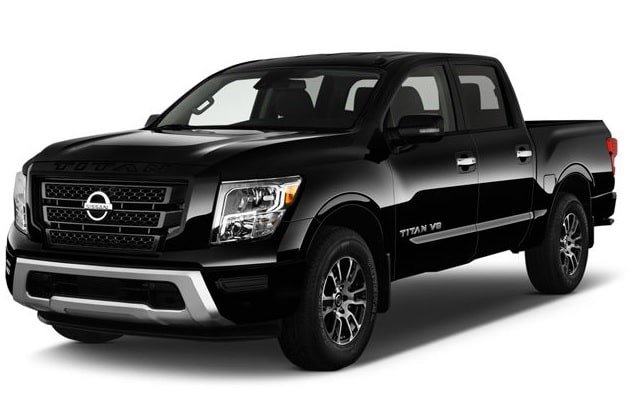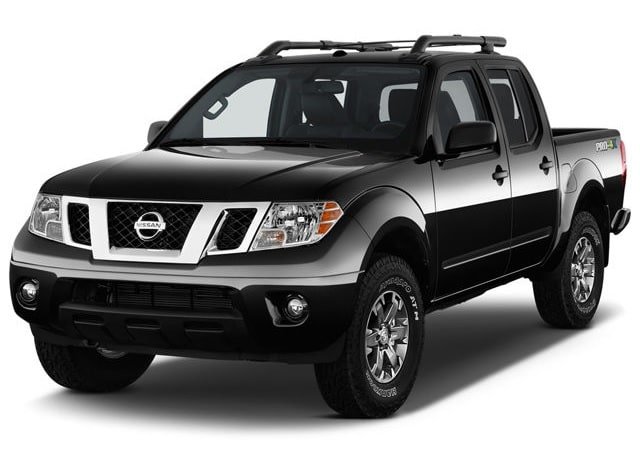When last did you change your wiper blades? Do you even care for your wiper blades? If your answer to both questions isn’t affirmative, then you are not different from many drivers out there. The truth is that most car owners don’t bother checking their windshield wipers until they are caught in a storm.
Meanwhile, what many of us don’t realize is that windshield wipers are among the most important safety features in our cars. They are designed to clear our windshields for better visibility in rainy, windy, or snowy conditions. Without them, you’d have to park your car or risk getting into an accident in such conditions.

One factor you must consider when replacing your wiper blades is their size. Do you even know the wiper blade size for your Nissan Rogue? You can find out in several ways including by studying an article like this one. The good news is that we have put together a list of wiper blade sizes for different Nissan Rogue models from the newest to the oldest. Check the list out below:
- 2021 Nissan Rogue Wiper Blade Size
- 2020 Nissan Rogue Wiper Blade Size
- 2019 Nissan Rogue Wiper Blade Size
- 2018 Nissan Rogue Wiper Blade Size
- 2017 Nissan Rogue Wiper Blade Size
- 2016 Nissan Rogue Wiper Blade Size
- 2015 Nissan Rogue Wiper Blade Size
- 2014 Nissan Rogue Wiper Blade Size
- 2013 Nissan Rogue Wiper Blade Size
- 2012 Nissan Rogue Wiper Blade Size
- 2011 Nissan Rogue Wiper Blade Size
- 2010 Nissan Rogue Wiper Blade Size
- 2009 Nissan Rogue Wiper Blade Size
- 2008 Nissan Rogue Wiper Blade Size
- Important Wiper Blade FAQs
- How often should you replace your wiper blades?
- How should I clean my wiper blades?
- Should I purchase silicone wiper blades?
- How do I find out my wiper blade size?
2021 Nissan Rogue Wiper Blade Size
- Driver’s side: 24 inches
- Passenger side: 17 inches
- Rear: 12 inches
2020 Nissan Rogue Wiper Blade Size
- Driver’s side: 26 inches
- Passenger side: 17 inches
- Rear: 12 inches
2019 Nissan Rogue Wiper Blade Size
- Driver’s side: 26 inches
- Passenger side: 17 inches
- Rear: 12 inches
2018 Nissan Rogue Wiper Blade Size
- Driver’s side: 26 inches
- Passenger side: 17 inches
- Rear: 12 inches
2017 Nissan Rogue Wiper Blade Size
- Driver’s side: 26 inches
- Passenger side: 17 inches
- Rear: 12 inches
2016 Nissan Rogue Wiper Blade Size
- Driver’s side: 26 inches
- Passenger side: 17 inches
- Rear: 12 inches
2015 Nissan Rogue Wiper Blade Size
- Driver’s side: 26 inches
- Passenger side: 17 inches
- Rear: 12 inches
2014 Nissan Rogue Wiper Blade Size
- Driver’s side: 26 inches
- Passenger side: 17 inches
- Rear: 12 inches
2013 Nissan Rogue Wiper Blade Size
- Driver’s side: 26 inches
- Passenger side: 13 inches
- Rear: 12 inches
2012 Nissan Rogue Wiper Blade Size
- Driver’s side: 26 inches
- Passenger side: 13 inches
- Rear: 12 inches
2011 Nissan Rogue Wiper Blade Size
- Driver’s side: 26 inches
- Passenger side: 13 inches
- Rear: 12 inches
2010 Nissan Rogue Wiper Blade Size
- Driver’s side: 26 inches
- Passenger side: 13 inches
- Rear: 12 inches
2009 Nissan Rogue Wiper Blade Size
- Driver’s side: 26 inches
- Passenger side: 13 inches
- Rear: 12 inches
2008 Nissan Rogue Wiper Blade Size
- Driver’s side: 26 inches
- Passenger side: 13 inches
- Rear: 12 inches
Important Wiper Blade FAQs
Would you like to know more about your wiper blades? That’s a good thing because not many drivers have sufficient knowledge about their wiper blades. We understand your need and have put together a list of frequently asked questions about wiper blades. Check out the questions and their answers below:
How often should you replace your wiper blades?
There are different suggestions from several experts but the timeframe falls between six and ten months. Ideally, you should change your wiper blades every six months if you use them frequently and they are quite durable. However, if you stay in a region where you don’t use your wiper blades a lot, they can stay up to ten months.
The thing with wiper blades is that they were not designed to stay for long. You shouldn’t even use the most durable ones for up to a year. Check your wiper blades frequently for cracks or breaks. If you notice any, then you should change the blades. Also, if they make a screeching or squeaking sound and cause streaks on the windshield, they may be due for replacement.
How should I clean my wiper blades?
It is not every time that your wiper blades squeal or make streaks that you need to replace them. Sometimes, the blades or your windshield have gathered dirt or debris and only need cleaning. Check the surface of your windshield and the wiper blades first to be sure of this before purchasing a new pair.
If your wiper blades are dirty, you should take the following steps to clean them:
- Clean your windshield first with some clean water or glass cleaner and a clean piece of cloth.
- Raise the wiper arm from the windshield.
- Get a clean piece of cloth or paper towel and dip it in some rubbing alcohol.
- Use the cloth or paper towel to wipe each wiper blade back and forth until you consider it free from debris, grime, and dirt.
- Clean the wiper hinges with the same cloth after lubricating it with some rubbing alcohol.
- Release the wiper back to its original position slowly.
Should I purchase silicone wiper blades?
Most drivers ask this question when it comes to the right material for wiper blades. The truth is that there is no right answer to this question. Instead, your needs determine the best material you should consider for your wiper blades.
If you reside in an area with frequent snow or ice, then silicone blades are your best option. These wiper blades are more flexible. They work better in icy or snowy conditions. Most of the silicone blades out there are produced from blended rubber. Because of this, the blades withstand wear and tear and are very durable.
You can go for regular natural rubber blades if you reside in tropical areas where there is only rain. These blades don’t get damaged by high UV exposure. They cool up faster and are more efficient in tropical areas. If you reside in an area where you experience both weather conditions described above, then you should choose synthetic rubber hybrid blades.
How do I find out my wiper blade size?
Not every driver knows their wiper blade sizes. Most of them just walk to a store and pick a pair up. Only for them to install the wiper blades and they do not fit properly or get damaged during installation.
Knowing your wiper blade size is vital and there are several ways to figure this information out. Some of them include:
- Asking for professional advice from the retailer.
- Checking the size of the current set.
- Reading through the specifications in the manufacturer’s manual.
- Checking online resources.







